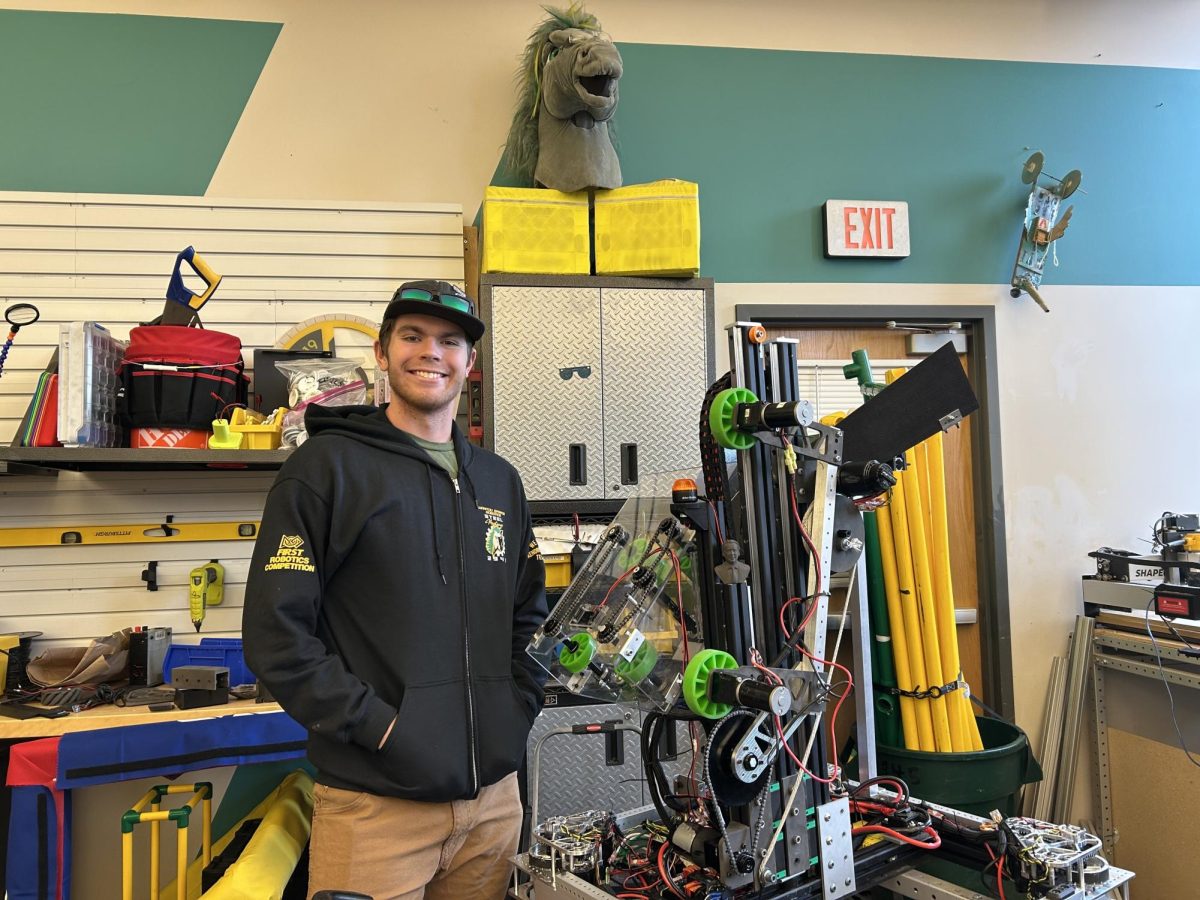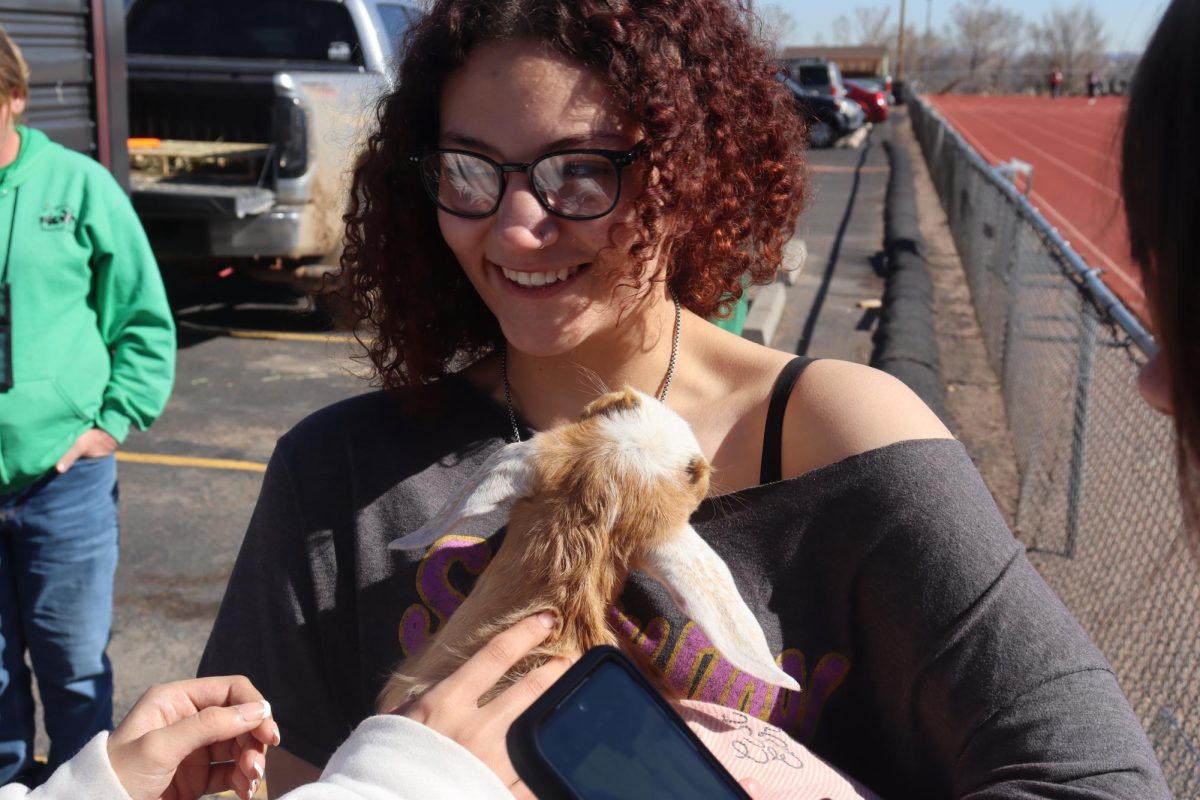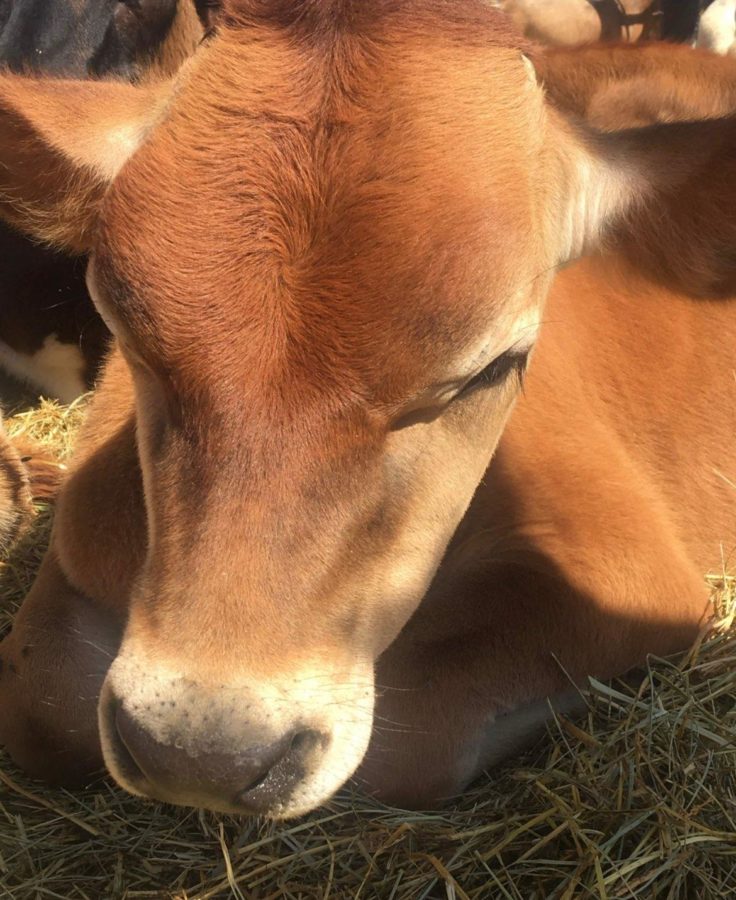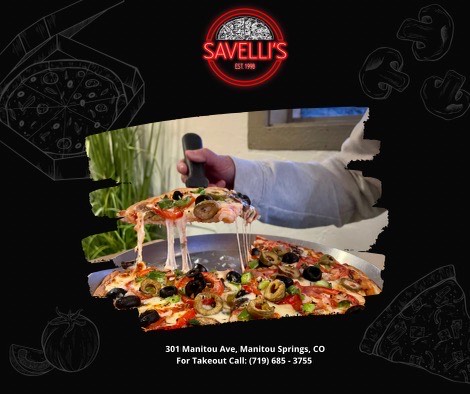Lab grown meat could change food industry
While cattle and other animals have forever been taken to slaughter for their meat, lab grown meats offer a more merciful alternative.
April 20, 2023
In recent years, many issues have arisen in the food industry regarding meat production, particularly in ethics and meat alternatives. Now, a solution has presented itself. Lab grown meats, grown artificially from real animal tissue samples, are supposedly a more ethical and efficient source of meat.
Lab grown meat has emerged in recent years as a possible alternative to natural meat harvesting. Thanks to research and advancements in the fields of cell cultivation, lab grown meat is finally being debuted in restaurants this year. It could also be found in grocery stores within the next 5 years. Lab grown meat has been undergoing high amounts of research since 2020, and the basics of it are simple.
In essence, the process of growing meat starts with the gathering of a tissue sample from a livestock animal such as a pig, chicken or cattle. Then, using Stem Cell and Cell Cultivation technology, that sample is used to grow more tissue, which can be harvested and produced over and over again.
According to the National Institutes of Health, “Global meat consumption has risen dramatically in recent decades, and is predicted to increase by a further 73% by 2050.” As meat consumption is on the rise, issues also come clear in how we harvest meat. For the most part in America, that meat is produced in factory farms.
“If it’s safe and easy, I see the issue being a battle of numbers,” Andrew Slama, science teacher at Manitou Springs High School, said. “Consumers are the voters, and I hope they do what they do and consume, so that lab grown can succeed.”
For some consumers, such as vegetarians and vegans, ethics are their primary reason for meat avoidance. Some also have health issues or other concerns that make veganism a necessity. In this case, Lab Grown meat is a solid alternative, as it does not kill the harvested animal.
“It sounds better than animal slaughter,” Gabrielle Waters, Environmental Club at MSHS, said. “Certainly an alternative, but it might not be my first choice.”
Lab Grown meat can now be used to grow beef, pork, chicken and fish tissue. However, scientists can still grow tissue from other animals, one example being the mammoth meatball grown by company Vow in 2023. While not edible, the innovation was used to get more media and people talking about the possibilities of cultured meat.
For those wondering, there are several benefits to eating Lab Grown. The University of Colorado Boulder cites some of those benefits as cutting greenhouse gas emissions and water consumption of the meat industry dramatically, by up to 96%.
There are also drawbacks listed from UC Boulder on the possible loss of farming jobs, as well as the unknown ethicality of using stem cells to replicate tissue.
“I would like to see factory farms on their heels, as they are very destructive,” Slama said. “I can see it being a tremendous fight, in which issues like water scarcity are the primary factors of the outcome.”












































